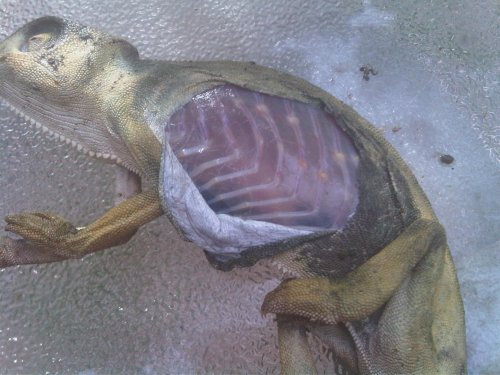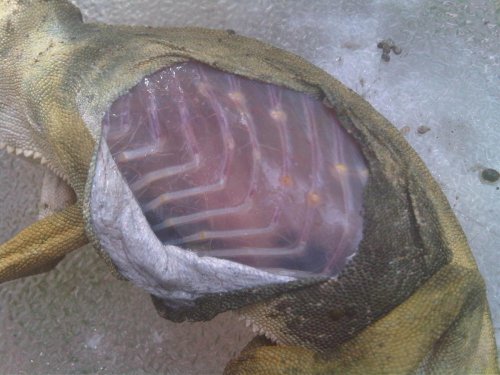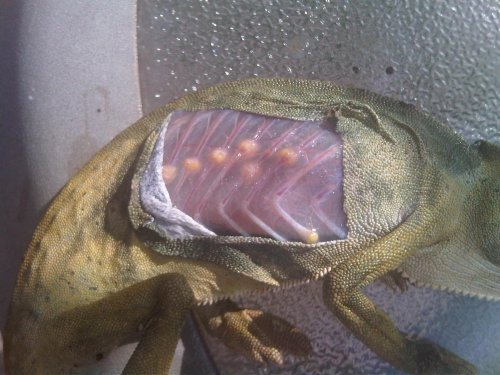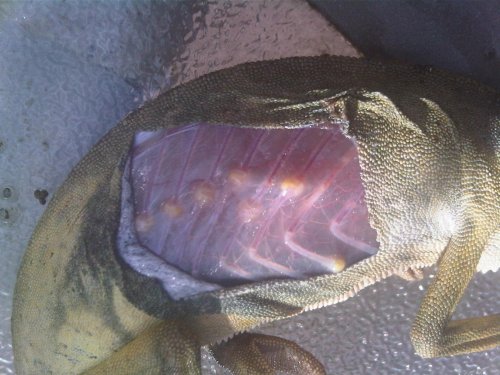FFSTRescue
New Member
This is one of the Senegals that failed to acclimate. For educational purposes, I am posting photos of healed/healing fractures on the ribs. You can see areas along the different ribs where ossification has occurred.
This is very heartbreaking to see what these poor creatures have been through. Because they are sold for such a cheap price, they are handled so roughly. I purchased 12 Senegals for breeding purposes, and despite all my efforts, 5 have died already, and of all those that have died, 4 of 5 had rib fractures, and one with rib fractures died from what appeared to be cholecystitis, where the gallbladder actually ruptured... extremely painful.
This is very heartbreaking to see what these poor creatures have been through. Because they are sold for such a cheap price, they are handled so roughly. I purchased 12 Senegals for breeding purposes, and despite all my efforts, 5 have died already, and of all those that have died, 4 of 5 had rib fractures, and one with rib fractures died from what appeared to be cholecystitis, where the gallbladder actually ruptured... extremely painful.





